What is a mini lesson?
-
A mini lesson is a short 10 minute whole group lesson that takes place during reading workshop.
-
It has just ONE clear objective. During your mini lesson you are teaching your students just one reading strategy or skill they can apply to their independent reading.
-
You will use part of a familiar mentor text to teach your objective. One of the ways you can keep your mini lesson short is to only read the part of the text that lends itself to the strategy you are teaching.
Why should I be using mini lessons?
-
They are short and sweet. When we provide bite-sized instruction we are making it really easy for students to apply what we taught to their independent reading.
-
It uses real texts to teach reading strategies. Ultimately, we want our students to be able to apply the reading strategies we teach to their independent reading. When we model using real/authentic texts, our students are able to see what their independent reading should look like.
-
You can teach ANYTHING using the mini-lesson structure. Whether you are teaching your students how to summarize a text, how to pick a “just right book”, how to analyze character traits, or how to set up their reading journal, you can teach ANY reading skill, strategy, or standard using the mini-lesson structure.
What are the parts of an effective mini lesson?
The following framework will help you keep your mini lessons short and focused on just one skill. If you consistently follow this framework you’ll easily keep your mini lessons to under 15 minutes.
-
Connect (1-2 minutes) – You want to start off by connecting the focus of your mini lesson to your students’ reading. This is where you give the context for your lesson.
-
Example: Yesterday during reading workshop we talked about how you can summarize a story by sharing the important parts from the beginning, middle, and end. Well today, I want to teach you a new strategy you can use to summarize fiction texts.
-
-
Teaching Point (1 minute) – This is where you directly tell your students what you will be teaching them. It should be a short statement or sentence that tells them exactly what you will be teaching them. It should be something that your students can repeat at the end of the lesson and it should have just ONE clear focus.
-
Example: Today I want to teach you how readers can use the Somebody, Wanted, But, So, Then formula to summarize fiction texts.
-
-
Teach/Model (3-5 minutes) – This is where you will SHOW your students how to apply the teaching point. You will provide a model using part of the mentor text and teach your students the steps and process of applying that strategy to their reading. During the teach and model you could also show your students an anchor chart or another visual that will help them remember the strategy.
-
Example: Do you remember how we read the book When Ira Sleeps Over last week? We can use the SWBST formula to summarize that text. The S stands for Somebody. We want to mention the character in our Summary. The W stands for Wanted. We want to say what the character wanted. The B stands for But. This reminds us to talk about the problem in our summary. The S stands for So and reminds us to talk about how the character tried to solve the problem. The T stands for Then and at the very end of our summary we should include what happened at the end.
-
S — Who was the main character – Ira
-
W – What did they want? Ira wanted to sleep over at his best friend Reggie’s house.
-
B – What was the problem? But, Ira had never slept anywhere without his teddy bear and he was worried that Reggie would make fun of him. He asked his family for advice and his older sister said to leave the Teddy Bear at home – Reggie would most definitely make fun of Ira.
-
S – How did the character try to solve the problem? So, Ira decided to go to Reggie’s and leave his teddy bear at home. He was nervous.
-
T – What happened in the end? It turned out that Reggie also had a teddy bear and didn’t make fun of Ira at all. Ira learned that it’s important to be himself and not worry about what others think of him.
-
-
-
Engage (3-5 minutes) – Think of this as the guided practice part of your lesson. While your students are still on the carpet with you, you want to give them a chance to “try out” the strategy. Maybe they will talk through the steps of a strategy with a friend, Maybe they will have a sticky note and try to write down their thinking about the mentor text using the steps/process you taught them. Maybe they will turn and talk about part of the book.
-
Example: Now it’s your turn to try. Let’s see if we can use this same SWBST formula to summarize another story that we have read. With a partner, I want you to try and use SWBST to summarize the story we read last week, Ricky the Rock that Could Not Roll.
-
-
Link (1-2 minutes) – This is like the closure of your lesson. This is where you restate the topic of your mini lesson and remind students that anytime they sit down and read, they want to try and apply this reading skill.
-
Example: So today while you are reading, or anytime you sit down to read a fiction text, I want you to try and use the SWBST formula to summarize what you are reading.
-
Helpful Mini-Lesson Tips and Tricks:
-
Use a script to plan your lessons. This will help you keep the mini-lessons short and sweet, and it will give your students the opportunity to anticipate and predict the lesson structure which will just make your instruction that much more effective.
-
Don’t expect mastery from one mini lesson. Part of the reason why mini-lessons can go WAYYYY longer than 10 minutes is that teachers think the longer they talk and the more examples they share the more likely their students will master the concept. But remember, you have until the end of the year to get your students to a level of mastery. Your mini lesson is the introduction. It’s ok if not every student gets it the first time.
-
Use the same mentor text for multiple lessons. One of the things that makes mini-lessons so effective is when students see how to apply a reading strategy to a familiar story. The good news is that you can take one picture book and come up with an unlimited list of mini lessons. Don’t be afraid to use the same mentor text to teach multiple lessons. The more familiar your students are with the text, the easier it will be for them to apply the strategies you are teaching them.
Mini lessons are such an important part of the reading workshop framework, but they can also feel a little awkward the first few times you teach them, but the more you practice the better you will get. Try to use the same sentence starters that I used in the example in this blog post if you need help getting started!
Happy Teaching!
Grab Your FREE Gift!
Literacy Block Sample Schedules
Do you ever feel like you don’t have enough time to teach reading the way you want? This planning guide and set of sample schedules will give you tons of ideas for how you can set up your reading block regardless of how much time you do (or don’t) have.
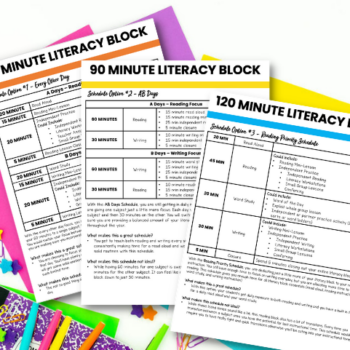
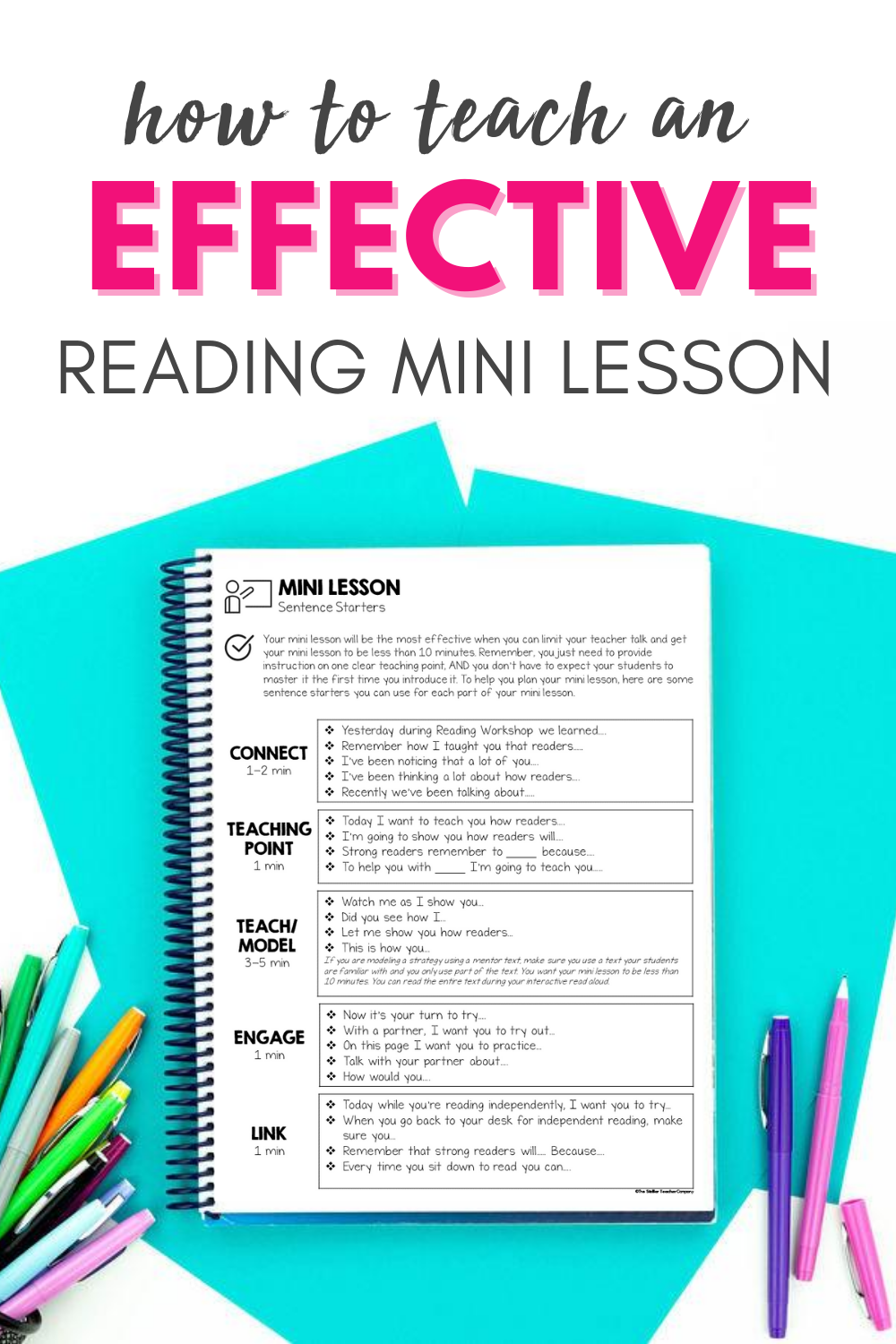



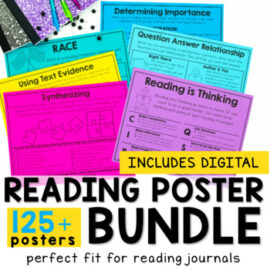
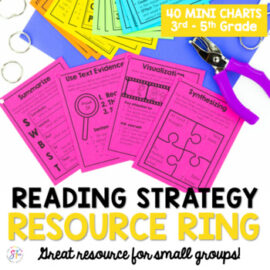
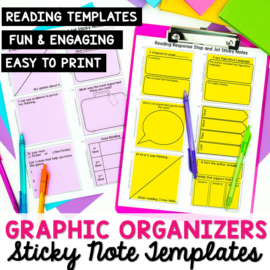

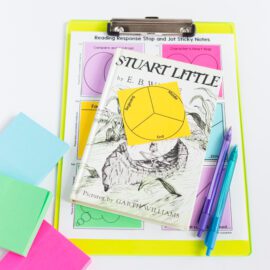
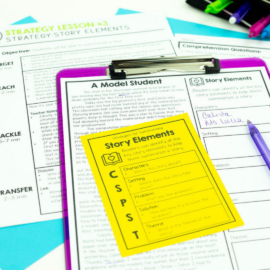


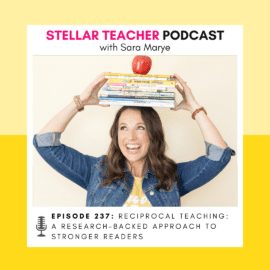


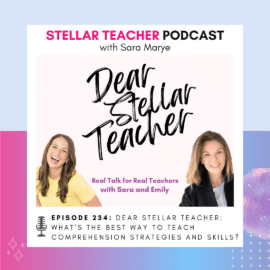



Leave a Comment
You must be logged in to post a comment.